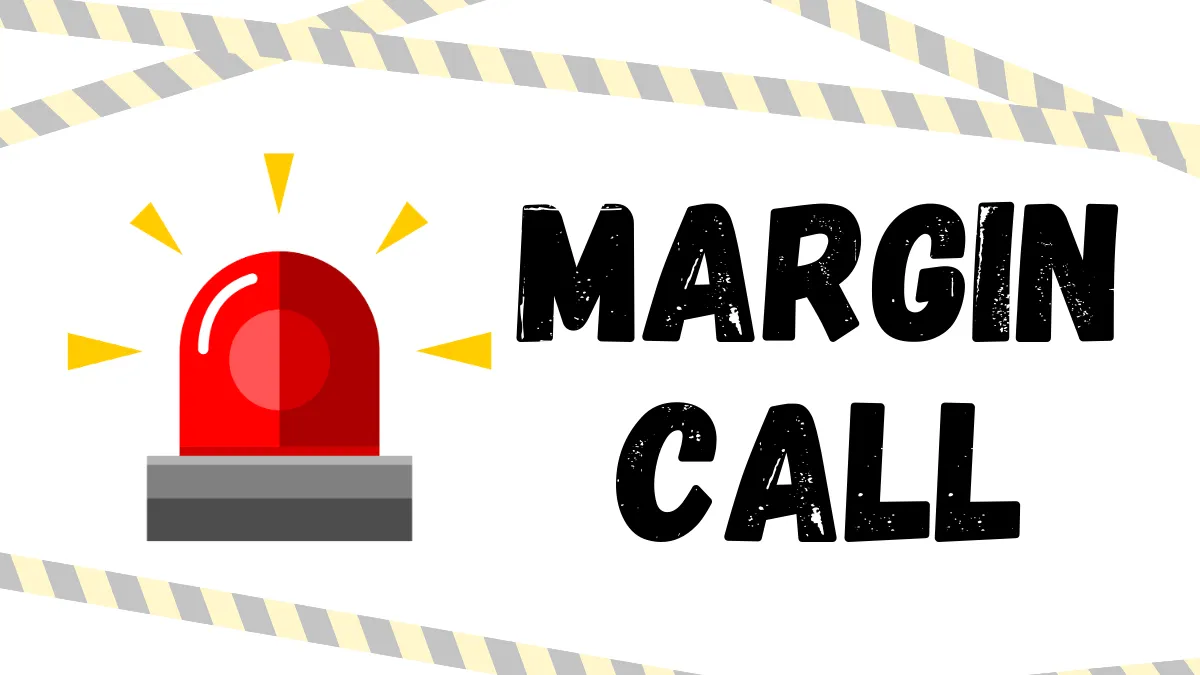In the foreign exchange market, trading with 100 dollars is quite limited, especially when using leverage. While leverage can amplify your trading scale, it also increases risk. In such a scenario, you must carefully consider capital management and risk control, as your capital is relatively small and susceptible to market fluctuations.
Loss = 10,000 dollars x 1% = 100 dollars
This means your entire 100 dollar account capital will be completely lost in just a 1% market fluctuation, leading to forced liquidation.
1. The impact of trading with leverage:
Leverage is often used in forex trading to control larger trading positions with less capital. For example:- If you use 1: 100 leverage, it means you can control a position of 10,000 dollars with 100 dollars.
- This allows you to make larger trades, amplifying potential profits, but it also increases the risk of potential losses.
2. Margin requirements:
Brokers will require you to provide a certain percentage of margin based on the leverage ratio:- Assuming the margin requirement is 1%, then with 100 dollars you can open a position of 10,000 dollars.
- This also means your capital will be quickly depleted, leaving very little room for market fluctuations.
- If the market price fluctuates slightly unfavorably, you may soon receive a margin call.
3. The impact of floating profit and loss:
When your position fluctuates in the market, floating profit and loss will immediately affect your net worth:- Since you only have 100 dollars in capital, even slight market fluctuations can have a huge impact on your funds.
- For example, if the market price fluctuates by 1% (not significant for the forex market), it could quickly lead to a decrease in your margin level.
4. The risk of margin calls and forced liquidation:
Due to your very limited capital, even slightly unfavorable market fluctuations can quickly lower your margin level:- Margin call:
When the margin level drops to 100%, you may receive a margin call. If you cannot replenish funds immediately, it may lead to forced liquidation of your position. - Forced liquidation:
If the margin level further drops to the broker's forced liquidation level (for example, 50%), your position may be automatically liquidated, resulting in significant losses.
5. Limitations of trading:
- Inability to withstand large fluctuations: 100 dollars is insignificant for the fluctuations in the forex market. Even slight market fluctuations can lead to huge floating losses and trigger margin issues.
- Limited trading opportunities: With less capital, you cannot open multiple positions or diversify positions, which increases risk.
Example:
Assuming you trade with 1: 100 leverage and open a position worth 10,000 dollars. If the market price moves unfavorably by 1%, your loss will be:Loss = 10,000 dollars x 1% = 100 dollars
This means your entire 100 dollar account capital will be completely lost in just a 1% market fluctuation, leading to forced liquidation.
How to cope with this situation?
- Low leverage: Consider using lower leverage (such as 1: 10 or 1: 20), which can reduce risk and give you more room to cope with market fluctuations.
- Small trades: Control your position size, do not invest all 100 dollars into a single position, which can reduce the impact of floating losses on your capital.
- Stop-loss strategy: Set strict stop-loss points to exit immediately when the market moves against you, to avoid excessive losses.
- Capital management: Even with only 100 dollars, you should still practice good capital management to avoid excessive risk exposure.
Conclusion:
Trading forex with 100 dollars is very challenging, especially in a high leverage situation. Small market fluctuations can quickly affect your capital and lead to margin calls or forced liquidation. Therefore, when trading with 100 dollars, you should adopt cautious leverage, capital management, and risk control strategies.Hi, We are the Mr.Forex Research Team
Trading requires not just the right mindset, but also useful tools and insights.Here, we focus on Global Broker Reviews, Trading System Setup (MT4 / MT5, EA, VPS), and Forex Trading Basics.
We personally teach you to master the "Operating Manual" of financial markets, building a professional trading environment from scratch.
If you want to move from theory to practice:
- Help share this article to let more traders see the truth.
- Read more articles on Broker Tests and Forex Education.





